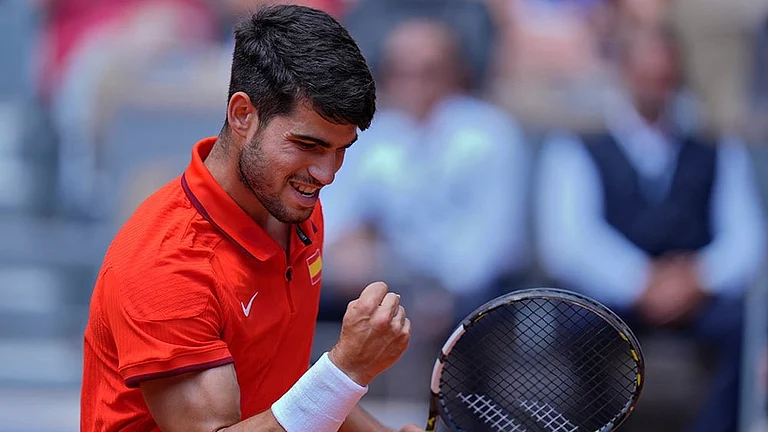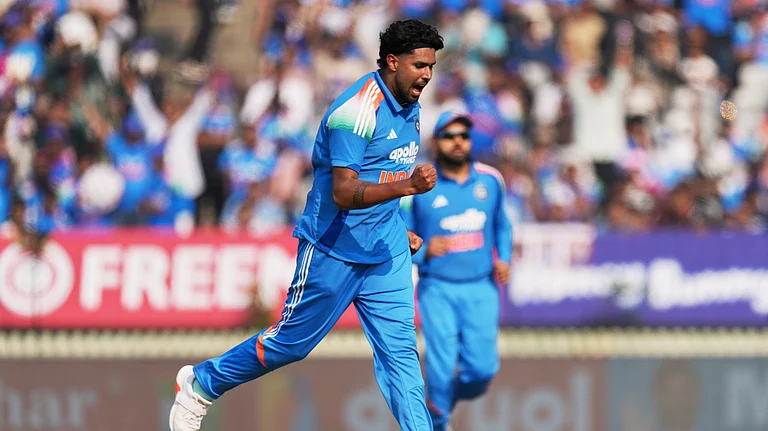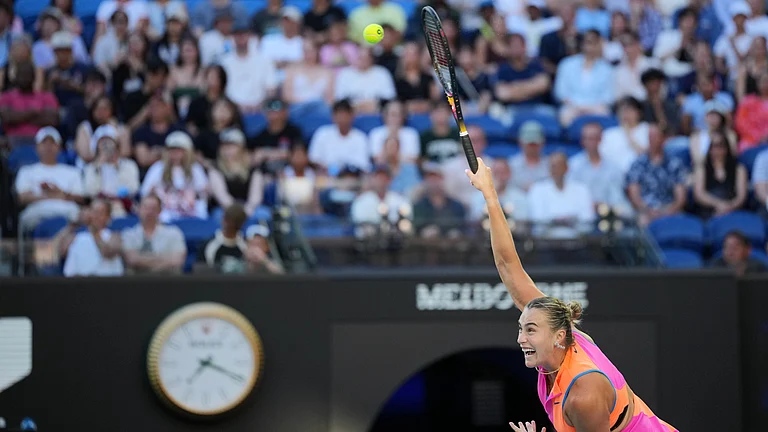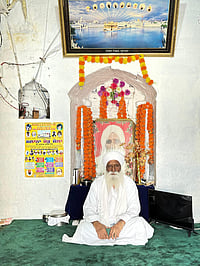Punjab has been numbed by the gruesome murder of Shubhdeep Singh Sidhu, better known by his stage name Sidhu Moosewala. The globally popular rapper and actor had decided to live in his native village even after having experienced the widely touted glamour, along with the underplayed loneliness in the posh localities of North America. The tragedy struck at a time when his parents were looking forward to the marriage of their only child. It was heartrending to watch his parents decorating the lifeless body in bridal headgear for his last journey. He was shot dead on the periphery of Jawaharke village which adjoined his native village Moosa of Punjab’s Mansa district on May 29. Punjab’s folk hero would have turned 29 today, June 11, 2022.
Sidhu Moosewala returned to his roots at a time when the overwhelming majority of his peer group longed to emigrate, especially to Western Europe and North America. It was also a time when Punjab was in a deep malaise. The state was set to become a graveyard for the hopes and aspirations amid an exploding crisis fueled by farm distress, growing unemployment, drug menace and dwindling public education.
Through his new genre of rap music (a motley of hip-hop, rap and Punjabi folk), Moosewala depicted the truth of his times, exhorting the youth to realize that the solution to their hond (existence) did not lie in leaving their villages. His was a much-needed message of hope in a largely barren landscape, offering the vision of a wholesome life with love for one’s parents and ancestral lands. Like the rap of Tupac Shakur, Drake and Burna Boy, Sidhu Moosewala introduced a new music genre, which instantly touched the heart of the youth not only across the rural-urban divide but also traditional caste-class boundaries. In his inimical style, he conveyed to Punjabi youth to never be afraid of adverse circumstances and keep their chin up, come what may! To convey his idea of confronting adverse circumstances, Moosewala deployed the idiom of popular Punjabi Jatt culture instead of eulogizing its caste angle. One can find enough evidence on social media that his references to Jatt lifestyle have nothing to do with caste prejudice. In Punjabi agrarian culture, the term ‘Jatt’ is more than a caste title, being an all-encompassing exposition of the rural way of life, woven into it village-centric, simple, straightforward and fearless ethos.
In some of his most famous tracks – Dear Mama (My Dear Mother), Baapu (My Father), Panjab (My Motherland), Tibeyan Da Putt (Son of the Sand Dunes) and Selfmade – the simplicity and straightforwardness of Punjabi agrarian culture have been depicted graphically. In his track Dear Mama, Moosewala says “Maan mainu lagda main jamma tere varga aan” (Mother, I think that I am just like you)”. And in Baapu, he says “Father you have done for me the whole life … now it is time to give that burden to me.” He took his parents with him during his Akharas (concerts) – a filial sentiment rarely seen among the youth today. Despite his world fame, he was easily accessible to all, and the unwary might even mistake him for an everyday villager. Asked why he kept his eyes downward while interacting with interviewers even though he thundered on the stage, his reply used to be: “Well, in my personal and social life, I am like that, whereas at the stage I had to play to the gallery professionally”. It was for such rooted traits that Moosewala became a legend across caste, class, creed and regional boundaries. BBC News Punjabi recently reported how youth even in West Punjab celebrate Moosewala for his simplicity, straightforwardness and guts to call a spade a spade.
The global range of his rap genre is based on his intrepid lyrical discourse against the rat race of corporate-world and consumerist life-styles. There is a stark difference between the real-life of Sidhu Moosewala and his life on the rap turf. He did not sing weapon songs for self-glory, but for the popular logic of the market. In one of his interviews, he underlined that simple folk-rap tracks that he also sang, had failed to fetch much of a response in the cut-throat music market. Very often, he can be heard singing emphatically that the rise of a rural lad (himself) to the pinnacle of the rap music is received praises all over the world, but not in his own courtyard. In fact, while challenging his peers to bring someone to compete (Jat da mukabla) with him, he seemed to convey that there is a way to rise without leaving rural Punjab and to live away from ones near and dear. Given his fame and affluence, he could have easily settled in any metropolis not only in India but anywhere in the world but preferred to live amongst his people in the land of his ancestors.
He often used to turn emotional remembering his grandmother from the podiums of his akharas, who motivated him never to cut his hair and wear a turban. It was for the meticulous obedience to the teachings of his grandmother that Sidhu Moosewala’s father appealed to all those who wanted to reach Mansa at the antim ardas of his son to come attired with turbans.
To respect Moosewala’s commitment to a traditional dress code, a businessman opened langar of turbans (free distribution of turbans to the needy) at the site of the Bhog ceremony.
Nonetheless, his father told the huge gathering at his Bhog ceremony that Moosewala often complained about how his peers were jealous of him. This is unfortunate, but the prevailing reality of current Punjabi mindset is that success is often not lauded, but begrudged.
He never talked about drugs in his songs. Though he talked about weapons, but was never heard of intimidating his adversaries. His fondness for guns was limited to self-defense as he often reiterated during many of his concerts that goes well with the valorous culture of the region.
Another aspect of his being attached to the communitarian tradition of the culture at the grassroots was the way he used to address the audience during the concerts. He is known for greeting ladies and gentlemen as Behnas and Matas (sister and mothers) and Bhravans and Buzurgs (brothers and venerable elders) respectively. At times, he was heard requesting the huge gatherings at his akharas to take extra care to leave the halls to reach home safely with special concern for the care of children. In one of his many earlier videos that turned viral after his ghastly murder, he can be seen consoling a weeping child who was slapped by someone. He motivated him not only to laugh but also to recite a few lines of one of his many hits – uchiyan ne gallan tere yaar diyan.
The murder of such a celebrity – who was encouraging Punjabi youth to stick to their cultural roots and avoid abandoning their villages – in broad daylight raises many questions. It occurred at a time when most of the Punjabis are saying goodbye to their native homes and emigrating to foreign lands in the expectation of better education, career prospects and to escape from the pervasive drug menace. The forceful voice against this exodus was silenced so brutally and suddenly. But an unprecedented torrent of mourning on social media indicates that with his cultural values, Punjab’s folk hero has left an indelible imprint upon millions of minds across the world.
(The author is Shaheed Bhagat Singh Chair Professor of Political Science, Panjab University, Chandigarh (India) and a Visiting Professor, Centre for Sikh and Panjabi Studies, University of Wolverhampton (UK))



























